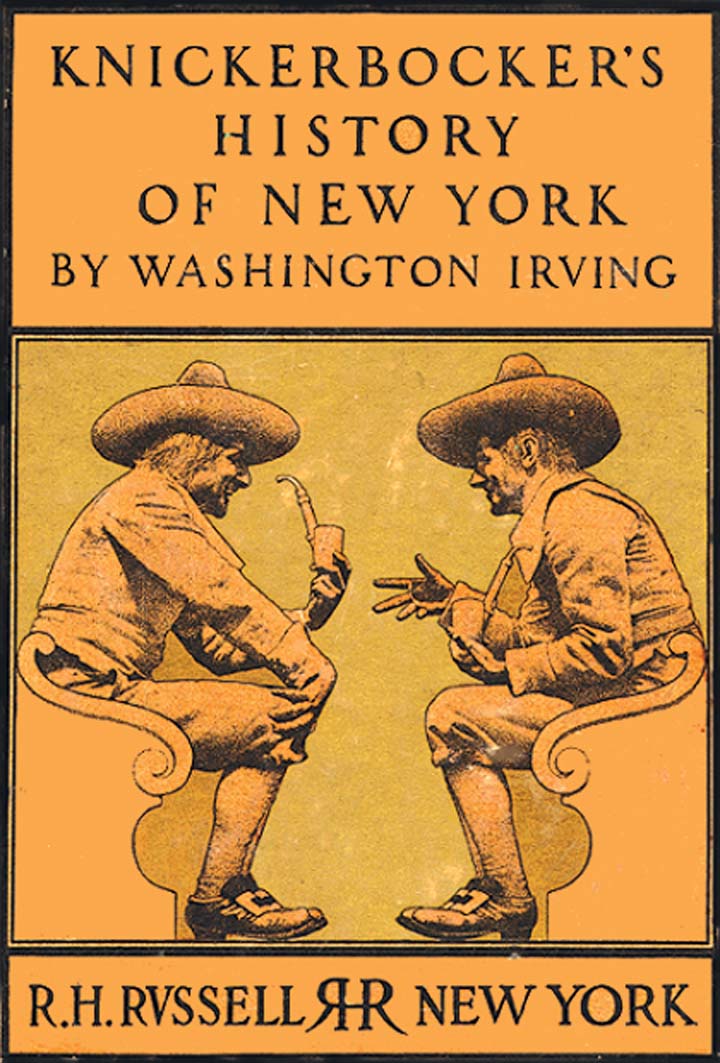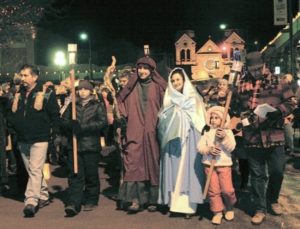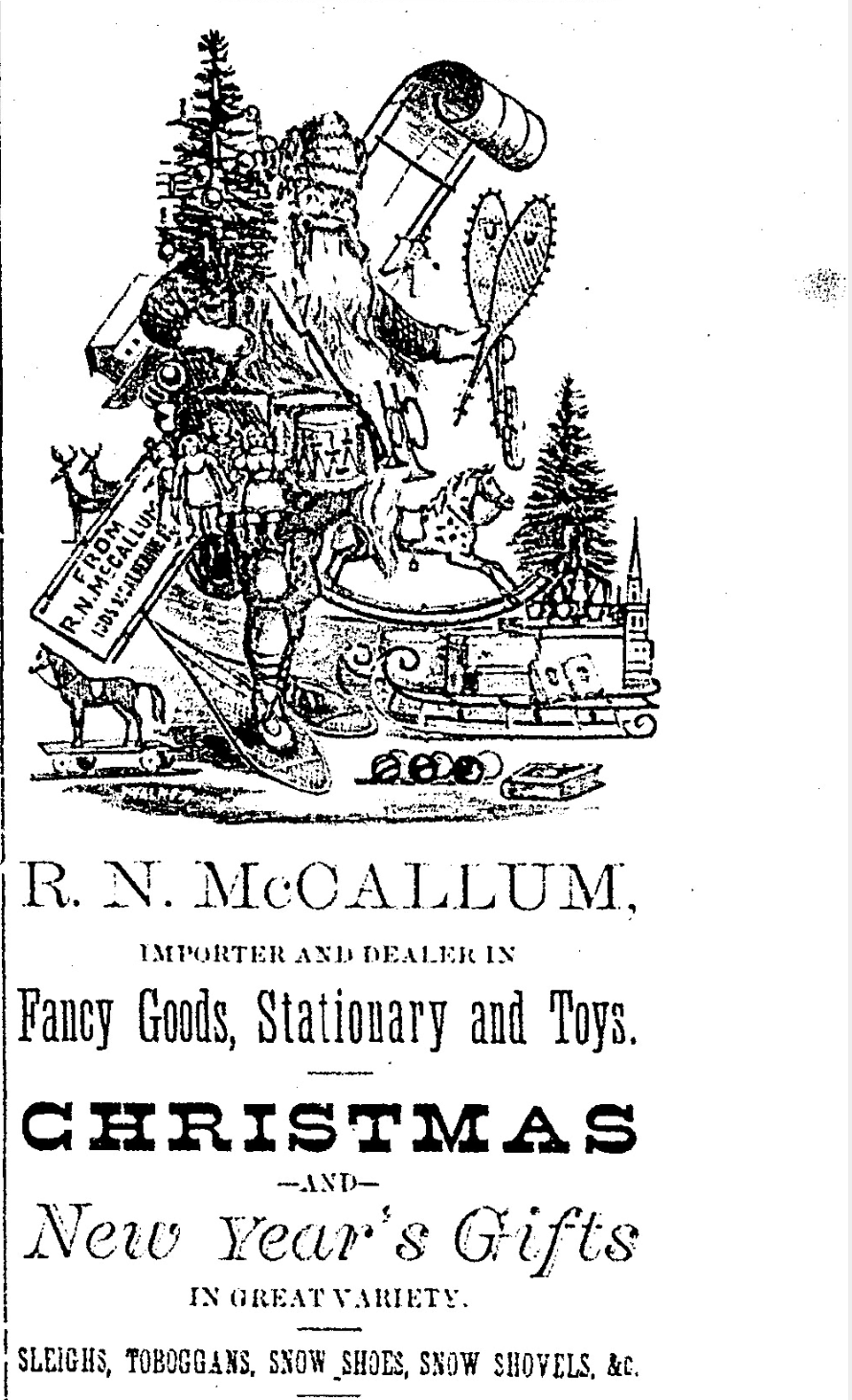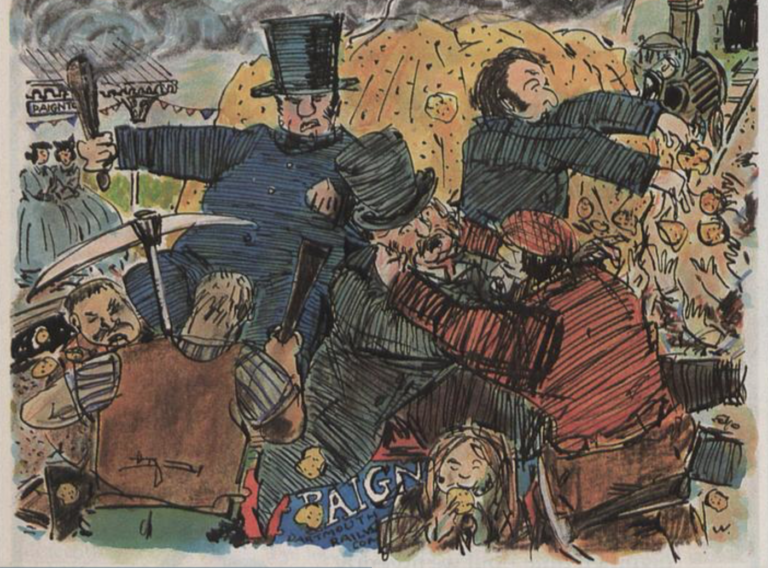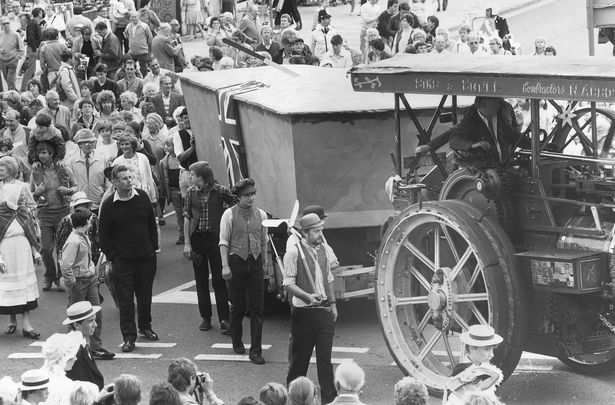
1934
The Night of the Long Knives
If anyone reproaches me and asks why I did not resort to the regular courts of justice, then all I can say is this. In this hour I was responsible for the fate of the German people, and thereby I became the supreme judge of the German people. I gave the order to shoot the ringleaders in this treason, and I further gave the order to cauterise down to the raw flesh the ulcers of this poisoning of the wells in our domestic life. Let the nation know that its existence—which depends on its internal order and security—cannot be threatened with impunity by anyone! And let it be known for all time to come that if anyone raises his hand to strike the State, then certain death is his lot.
So said Adolf Hitler, justifying a murderous rampage by his elite SS forces against his enemies inside, and outside, of the Nazi party.
Hitler had come to power on the backs of the Sturmabteilung, the SA, the brown-shirted storm troopers, who had battled Communist and Social Democrat paramilitaries at rallies, guarded party functions, intimidated rivals, handed out leaflets, and bullied Jews in the streets. At the time of the 1933 elections that made Hitler the Chancellor of Germany, the SA numbered in the millions. Many of them, especially its leaders like Ernst Röhm (above), were genuine radicals, anticapitalist believers in the “socialist” part of the National Socialist ideology. They terrified the German upper class, and worried the official army generals who believed that they might be supplanted by the SA. Hitler needed the support of both the rich industrialists and the armed forces, so he plotted to reduce the power of the SA. Meeting secretly with army generals and navy admirals on board the battleship Deutschland, Hitler agreed to tame his storm troopers in return for the allegiance of the Wehrmacht, Luftwaffe, and Kriegsmarine, whose men would henceforth wear Nazi insignia on their uniforms.
On June 29, 1934 black-clad Schutzstaffel (SS) squads across Germany arrested both the leadership of the SA, and assorted other politicians and officers that Hitler wished to be rid of. Many of them were shot on the spot. Röhm was given a pistol with one bullet and told to commit suicide; he replied that if Adolf wanted him dead he could kill him in person, so he too was gunned down. Many SA men went to their death vowing loyalty to Hitler, not knowing he had ordered their executions. Among those outside the party murdered on the Night of the Long Knives, was former Chancellor Kurt von Schleicher and his wife, General Ferdinand von Bredow, several members of the Catholic Centre Party, and a music critic whose name resembled that of someone else on the death list.
Most Germans seem to have accepted Hitler’s excuses for the illegal actions. Henceforth the SA declined in power, losing half its membership inside a year, and Hitler remained unchallenged.
